Family Helminthoglyptidae Scientific name Polymita picta Rank Species | ||
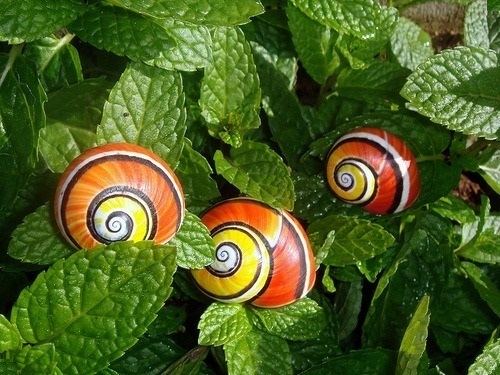 | ||
Similar Polymita, Giant mesquite bug, Helminthoglyptidae, Dactylotum bicolor, Sphaerocoris annulus | ||
Polymita picta
Polymita picta, common name the Cuban land snail or the painted snail, is a species of large, air-breathing land snail, a terrestrial pulmonate gastropod mollusk in the family Helminthoglyptidae.
Contents
- Polymita picta
- Polymita picta clip
- Subspecies and varietas
- Distribution and habitat
- Description
- Biology
- References
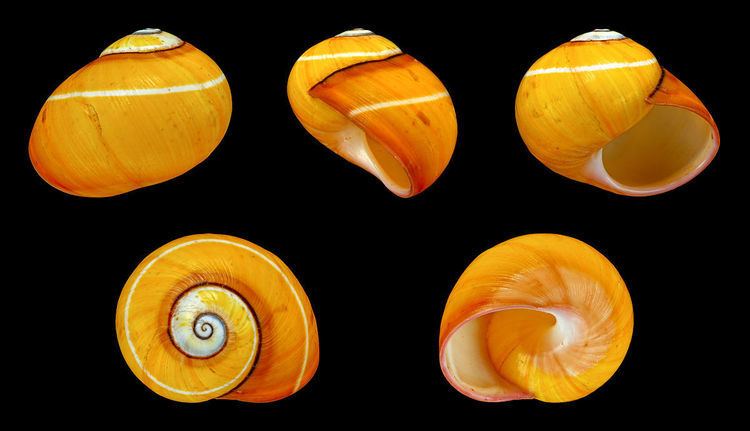
This species is the type species of the genus Polymita.
Polymita picta clip
Subspecies and varietas
Subspecies and varietas within this species include:
Distribution and habitat
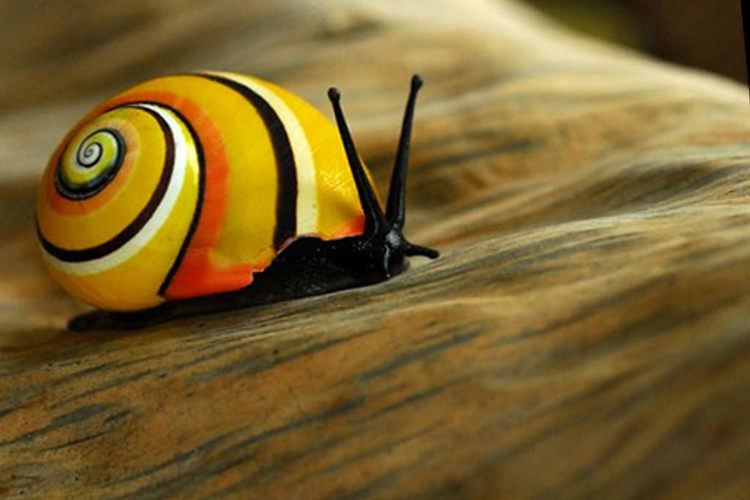
This snail is endemic to Cuba. These arboreal molluscs live mainly in coastal habitats in the subtropical forest, with a preference for certain tree species including Chrysobalanus icaco, Metopium toxifera, Metopium brownei, Bursera simarouba and Coccoloba retusa.
Description
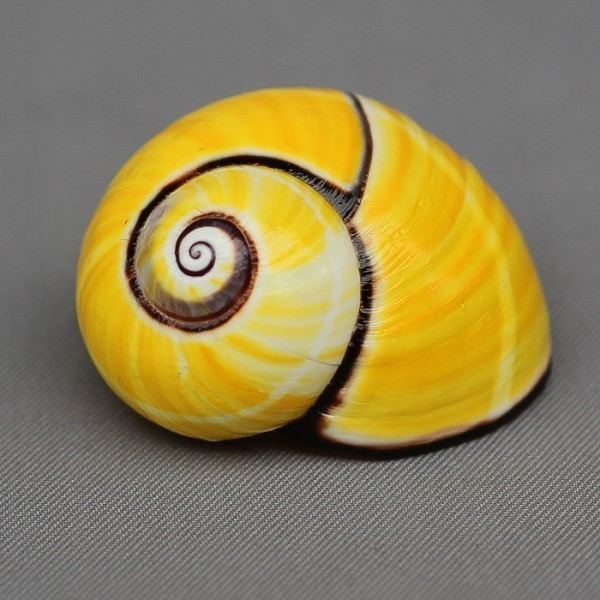
Shells of Polymita picta can reach a length of about 20 millimetres (0.79 in). These large shells are shiny and very brightly colored. Nornally they show a bright yellow color with a white stripe, but the species is well known for its colourful shell polymorphism, with numerous color varieties.
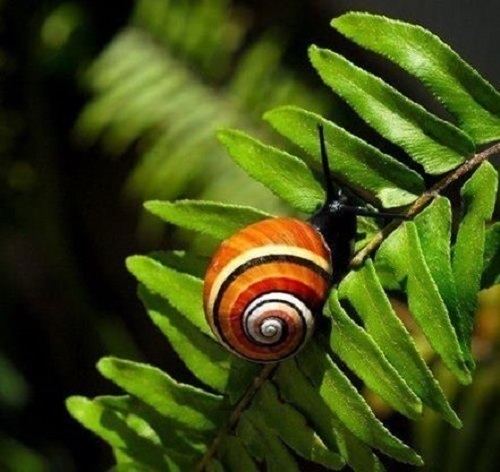
These shells are sought after by poachers and used to make jewelry and trinkets. As a result, the species has become endangered. It is a protected species since 1943 by the Cuban legislation which prohibits the export except for scientific reasons.
Biology
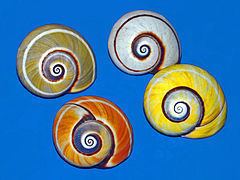
Polymita picta mainly feeds on lichen, moss and on fungal biofilms present on bark and leaves. The life cycle lasts about 15 months, with breeding time during the wet season (September- October). The snails become dormant in the dry season (December- beginning of May).
Like most air-breathing land snails, Polymita picta has female and male reproductive organs (hermaphroditic), ie it is unable to self-fertilization. Moreover similarly to other gastropods in the superfamily Helicoidea, this species uses love darts as part of its mating behavior. During the courtship these snails spear the partner with a calcareous dart.
